ELK HUNTS














Elk or Wapiti (Cervus Elaphus) are my favorite of all the big game animals to hunt! Hearing the calls of these majestic animals on a frosty September morning is one of the greatest joys in my life! Elk hunting is never easy, but the rewards for patience and perseverance are high.
Alberta has a growing population of Elk that numbers in the neighborhood of 26,000 animals. They are found predominantly along the eastern shadow of the Rocky Mountain zones. This nocturnal creature is primarily a grazer, feeding on woody vegetation and lichen. Once the velvet of his antlers has been discarded, the bull Elk begins assembling his harem of up to 60 cows. The gestation period for calves is 255-275 days. The Elk's main predators are wolves, mountain lions and sometimes bears. Alberta's Elk mature quickly and it is not uncommon for three-year-old bulls to sport 6x6 racks.
During the late summer breeding season the bugling of bull Elk echoes through the hills. These powerful animals strip the velvet off their new antlers, using them in violent clashes that determine mating pairs. Males with the bigger antlers, (typically older, more experienced animals) usually win these battles and dominate small herds. In the winter, Wapiti reconvene into larger herds, though males and females typically remain separate. The herds return to lower valley pastures where Elk spend the season pawing through snow to browse on grass or settling for shrubs that stand clear of the snow cover. Elk hunting begins in late August and early September with the archery season. Archery hunting is permitted in most zones prior to the rifle season, and there are two archery-only zones in the province of Alberta containing strong populations of trophy Elk.
Many of the rifle seasons open in mid-September and stretch until the end of November. During the early hunts, when the Elk are in rut, the favored method of hunting is bugling and cow calling. This method involves trying to draw the bull to you rather than stalking or pursuing the animal. In this manner, it is possible to convince the herd bull you are trying to steal his cows, and he will come to confront the challenge. The rut often lasts into mid- October and the action can be as good (if not better) at this time of year, as bulls compete to find the few remaining open cows.
As the rut draws to a close, bulls leave the cows and begin to form bachelor herds that will often remain together until the following year's rut. Spot and stalk becomes the method of choice during this period, as bulls are drawn to prime feeding areas to replenish their fat reserves for the impending winter. Hunts in the Boreal forest and Parkland regions utilize trucks, quads, horses and good old-fashioned hiking. Elk will typically lay-up in the dark, heavy timber during the day and are often nearly impossible to approach. Thankfully, due to their immense body size, they must eat large amounts of food and are usually found moving to or from feeding areas during legal hunting times.
